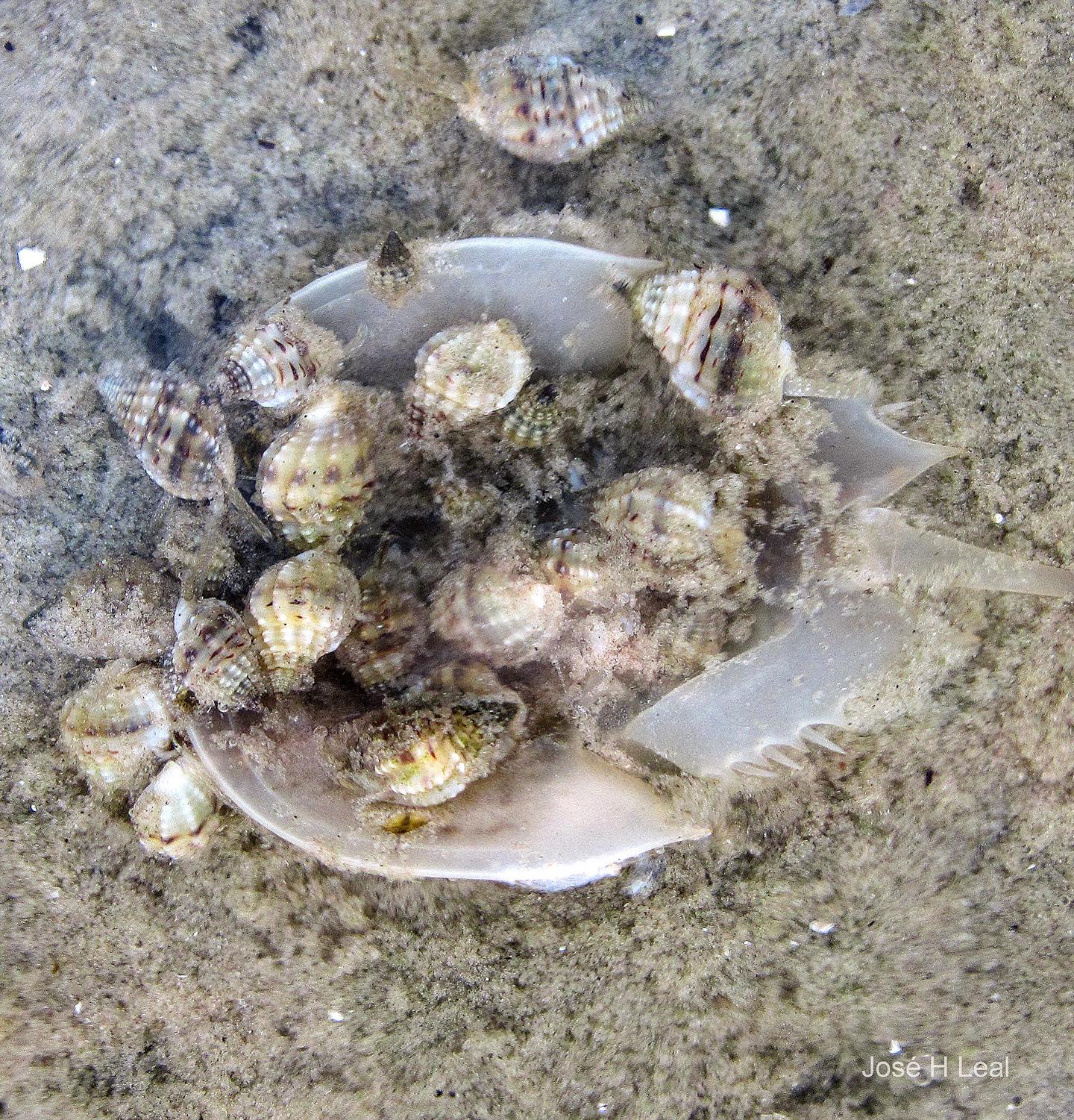Summary:
1. Introduction to the Bruised Nassa
2. Unique traits and feeding habits
3. Adaptability and ecological importance
4. Conservation efforts to protect the species
5. Conclusion: The extraordinary world of the Bruised Nassa
In the vast tapestry of nature, countless fascinating creatures capture our imagination. Today, we turn our attention to the Bruised Nassa, a remarkable mollusk inhabiting Florida’s back-bay areas. Measuring about 10 mm (0.4 inch), this tiny creature may seem insignificant at first glance, but its unique characteristics and ecological importance are nothing short of remarkable.
The Bruised Nassa, scientifically known as Phrontis vibex, is an incredibly common mollusk found in the coastal regions of Florida. Despite its prevalence, this creature remains relatively unknown to many. Let’s dive into the Bruised Nassa’s intriguing world and uncover its secrets.
One of the most captivating aspects of the Bruised Nassa is its feeding habits. These mollusks are voracious scavengers, better known as carrion feeders. From long distances, they can detect carcasses of dead marine animals, such as fish, crabs, and other mollusks. With impressive speed, they swiftly move towards their food source, ready to feast upon their find. Imagine a group of Bruised Nassa forming a “posse,” cleaning a small Horseshoe “Crab” carapace, as captured in a captivating image taken at Bunche Beach in Fort Myers, Florida.
This scavenging behavior showcases the adaptability of the Bruised Nassa. They have honed their sensory organs and locomotor abilities to thrive in their environment. Their capacity to detect carrion from afar allows them to efficiently track down resources and secure their survival. It’s a fascinating example of nature’s ingenuity and evolved specializations.
The ecological importance of the Bruised Nassa should not be underestimated. As carrion feeders, they play a vital role in cleaning up the marine ecosystem. By consuming dead animals, they prevent the accumulation of decaying matter, ensuring a healthier environment for other organisms. This process also aids nutrient recycling, reintroducing essential elements into the ecosystem. The Bruised Nassa’s feeding habits contribute to the overall balance and function of their coastal habitats.
Despite their abundance, the Bruised Nassa faces various threats in their natural habitat. Human activities, such as pollution and habitat destruction, pose significant challenges to their survival. As responsible stewards of nature, conservationists and scientists work tirelessly to protect these delicate creatures. Efforts are underway to raise awareness about preserving their habitat and implementing measures to sustain their populations.
In conclusion, the world of the Bruised Nassa is extraordinary, filled with unique traits, remarkable feeding habits, and ecological importance. Through their scavenging behavior, these tiny mollusks demonstrate their adaptability and play a crucial role in maintaining the health and balance of the coastal ecosystem. As we delve deeper into the wonders of nature, let us remember the intricate connections that bind every creature, no matter how small, and strive to protect and appreciate the beauty surrounding us. The Bruised Nassa reminds us of the intricate web of life and the wonders we have yet to discover within the natural world.
*****
Source Description
Measuring about 10 mm (0.4 inches), the Bruised Nassa, Phrontis vibex, is one of the most common mollusks in the back-bay areas of Florida. Bruised Nassa are voracious scavengers (carrion feeders), capable of quickly detecting the carcasses of dead marine animals, including fish, crabs, and other mollusks, from long distances and moving at relatively high speeds to approach and feed on them. The first image, taken at Bunche Beach, Fort Myers, Florida, shows a “posse” of Bruised Nassa “cleaning” a small Horseshoe “Crab” carapace. More? ShellMuseum.org/blog

